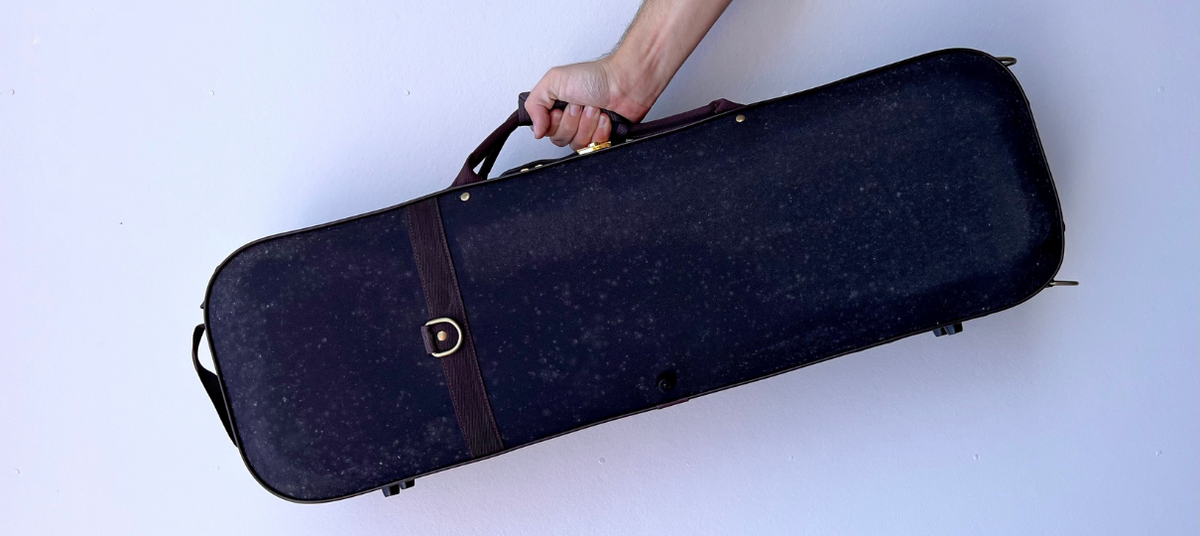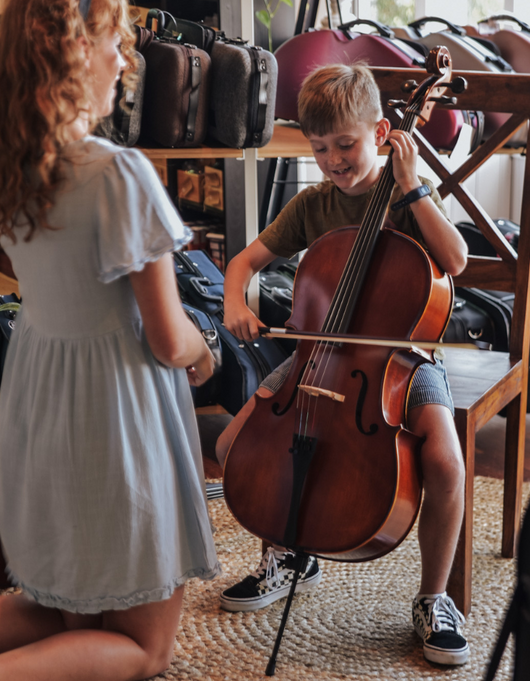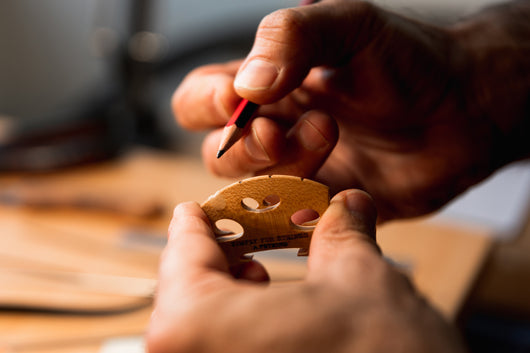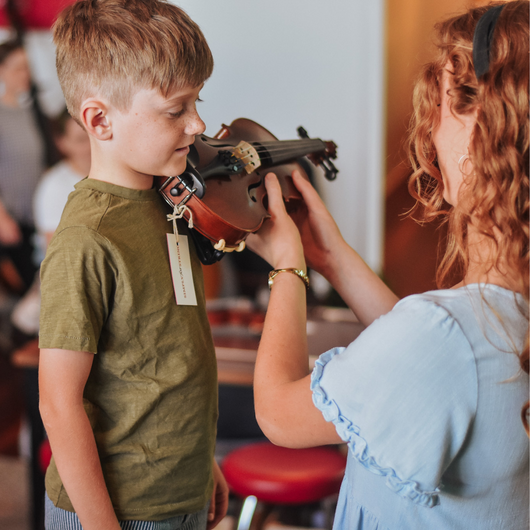Managing Mould and String Instruments

Dealing with relentless humidity, heavy rain, and scorching summer heat, many of our customers are grappling with an unwanted guest – mould on their instruments and in their cases. We've put together a no-nonsense guide for tackling this issue, drawing on both our experience and health advice from the Queensland Government. Let's cut to the chase and get your instruments back in top form, free from the clutches of mould!
Protecting Yourself
Before we dive in, we need to address the health risks that mould can cause and the necessary precautions to take when cleaning mould.
Recommended Personal Protective Equipment:
- Respiratory Protection: Wear a disposable respirator with P1 or P2 filters to protect yourself from inhaling mould spores.
- Eye Safety: Safeguard your eyes by wearing safety goggles with enclosed sides.
- Hand and Skin Protection: Use high-quality rubber gloves to protect your hands and nails from direct contact with mould.
- Protective Clothing: Wear disposable or easily washable protective clothing to minimise contact with mould.
Effective Mould Removal Solution
There are many different cleaning products and solutions that can be used to remove mould. For cleaning mould off instruments and cases, we use and recommend the following solution, as it is safe to use on most instruments.
Recommended solution:
- white vinegar
- water
- baking soda
In a 500ml spray bottle, carefully combine equal parts vinegar and water, incorporating 2 tsp of baking soda gradually to prevent bubbling during the mixing process.
The Queensland Government also recommends a couple of drops of clove oil to help kill mould. Note: Before cleaning the entire surface, always perform a spot test on a discreet corner.
Cleaning Your Case
- Spray the mould remover onto the affected surface.
- Wipe down with a microfibre cloth.
- If weather permits, leave the case in the sun for a few hours to kill any remaining mould spores and reduce moisture.

Cleaning Your String Instrument
- Spray the mould remover onto a microfibre cloth.
- Gently wipe down the affected areas.
- After removing mould, polish your instrument with Old Wood Ag+ Italian Cream, containing ionic silver—a powerful antimicrobial agent.

Preventing Mould
While removing mould is crucial, the battle doesn't end there. To prevent its unwelcome return, focus on controlling the environmental factors that fuel its growth. Here are some additional steps and insights:
1. Sunlight Exposure
- Capitalise on sunny days to fill your space with natural light, excluding your instruments. Sunshine not only helps reduce humidity but also acts as a natural mould deterrent.
- Ensure that your instruments are shielded from direct sunlight to prevent any potential damage.
2. Ventilation is Key
- Regularly air out your space by opening doors and windows, promoting proper ventilation. This simple step helps in reducing dampness and discouraging mould development.
- Invest in an air purifier to enhance air circulation and filter out potential mould spores.
3. Humidity Control
- On damp or humid days, run your air conditioners on a dry cycle or use dehumidifiers to maintain optimal humidity levels.
- Consider using moisture-absorbing products like silica gel packets in instrument cases to combat excess humidity.
4. Instrument Storage
- Store your instruments in a cool, dry place when not in use.
- Regularly inspect and clean your instrument cases to prevent the accumulation of moisture and potential mould growth.
Remember, we understand that managing mould can be a challenging task. However, taking proactive steps to control your surroundings is crucial not only for the longevity of your instruments but also for creating a space where you can enjoy your musical pursuits without the unwelcome presence of mould.
Here are some more helpful resources...
Physical Health and Wellbeing: Mould from Queensland Government
Looking after Your Home: Mould Safety from Queensland Government
Managing Mould Fact Sheet from Education Queensland




















